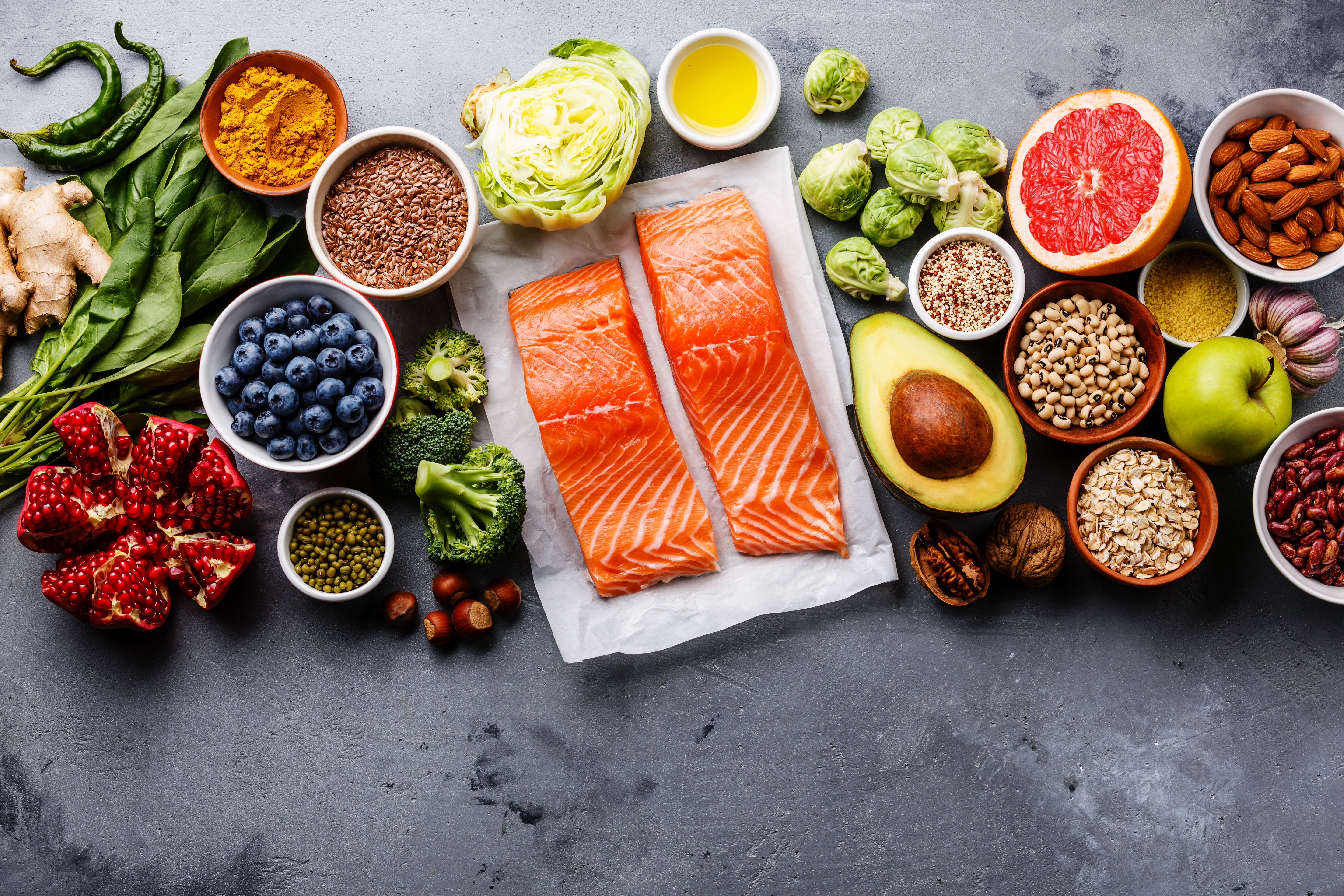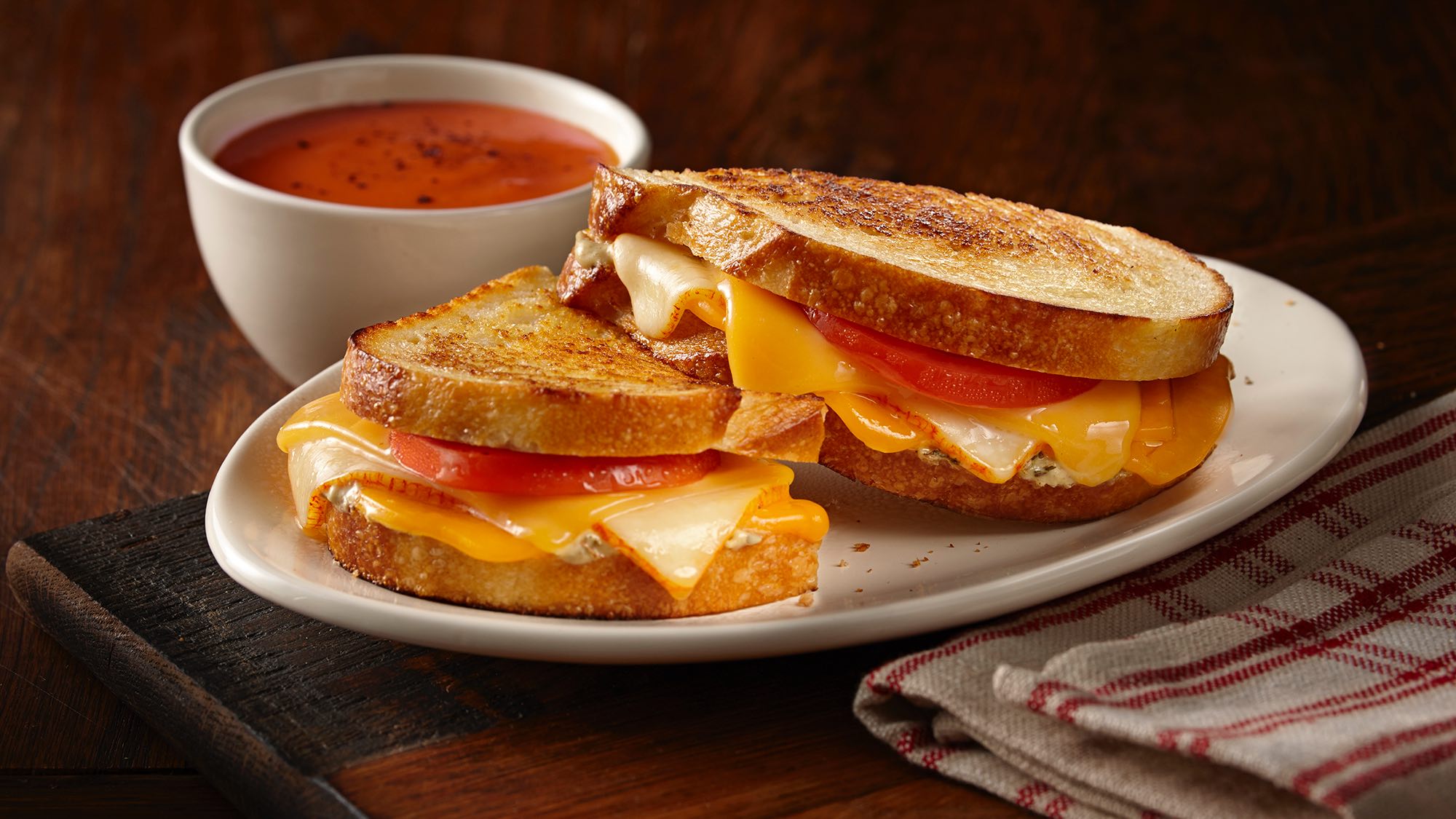After Justin Chapple made a creamy, simple corn dip earlier this week on Mad Genius, this week's episode of Chefs at Home also features a corn dish—Perkedel Jagung. Chef and cookbook author Lara Lee joins us to make the Indonesian corn fritters, which she says tastes "like all of the best flavors of Indonesia in a single bite." She also prepares two different kinds of sambal—Tomato Sambal and Sambal Matah—as well as Balinese Sticky Glazed Pork Ribs, which she describes as "just perfection." Find out how to make all four recipes by following along with the videos below.
Tomato Sambal and Sambal Matah
First, Lee prepares both of the sambals, saying the condiment is "a hot chile relish that is eaten at every single Indonesian meal." For the Tomato Sambal, add garlic, fresh ginger, banana shallots (you can also use small Thai shallots), cherry tomatoes, and long red chiles (such as Holland or Fresno) into a food processor, pulsing until a semi-fine paste forms. You can also use a mortar and pestle to make the paste, and feel free to seed the peppers if you want a little less heat.
Next, heat a neutral oil in a skillet over medium and cook the paste for 10 to 15 minutes until it reduces and thickens, noting that it will darken in color too as the ingredients start to caramelize. Once done, mix in the tamarind paste and sugar (either coconut sugar or brown sugar), season to taste with salt and pepper, and let it cool before you serve.
For the Sambal Matah—"the most iconic sambal of Bali," Lee says—start by sprinkling your thinly sliced shallots with kosher salt and then letting them sit for 15 minutes to help mellow out their raw flavor. After that, add them to a bowl with the prepped lemongrass, long red chiles, ginger, garlic, Makrut lime leaves, Makrut lime zest and juice, kosher salt, and finally, coconut sugar or brown sugar. Drizzle with a neutral oil, toss, and season to taste—in mere minutes, you've made Sambal Matah.
"A lot of Indonesians say that no meal is complete without sambal, and I just love that," she says.
Perkedel Jagung (Indonesian Corn Fritters)
Now that you've made the sambals, you can pair them with the next two dishes Lee prepares. The first is Perkedel Jagung, an Indonesian corn fritter that was one of Lee's favorite childhood snacks. She prepares a family recipe that starts out with cooking ginger, garlic, long red chiles, and banana shallots in vegetable oil, and then transferring the mixture to a food processor to pulse together with scallions and Makrut lime leaves. Once a medium-fine paste forms, mix it in a medium bowl with fresh corn kernels, eggs, coriander, cumin, salt, and pepper, plus cornstarch to hold it all together.
At this point, the batter is ready to fry. Line plates with paper towels so you have them at the ready, and make sure the vegetable oil in your deep saucepan is at 350°F. Fry spoonfuls of the batter in batches (you should fit six to eight rounded tablespoonfuls of it at a time), one to three minutes per side until the fritters are golden. Then, use a slotted spoon to transfer them to the paper towel-lined plates to drain and serve with the Tomato Sambal.
"Crunchy, full of flavor, so aromatic, and it's fried, so of course you're going to love it," Lee says after trying one.
Balinese Sticky Glazed Pork Ribs
Last up are the Balinese Sticky Glazed Pork Ribs, which bake in the oven at 325°F for two hours and then get a final blast of heat under the broiler.
"On the Hindu island of Bali, pork is eaten everywhere, and you'll often find these street food vendors or restaurant owners glazing these pork ribs outside of their restaurants," Lee says. "And the entire street fills with the aroma of the spice paste, and the marinade, and the fragrance of smoke, and it is absolutely delicious."
First, make the sauce, combining red chiles, garlic cloves, ginger, banana shallots, palm sugar (or brown sugar), water, flaky sea salt, rice vinegar, and kecap manis. Pulse the sauce together in a food processor and then pour half of it over the ribs in an aluminum foil-lined roasting pan, massaging it into the meat with your hands (wear gloves here if you'd like). Cover the ribs with the overhanging aluminum foil and bake them in the oven for two hours until the meat is falling off the bone. Meanwhile, reduce the other half of the sauce on the stove and then use it to glaze the ribs when they come out of the oven. Brush the glaze on, give them a few minutes (three to seven) under the broiler on high, and then serve them with the sambals and remaining glaze.
Stay tuned for our next episode of Chefs at Home featuring Derrick Westbrook.
This article was written by Bridget Hallinan from Food & Wine and was legally licensed through the Industry Dive publisher network. Please direct all licensing questions to legal@industrydive.com.







